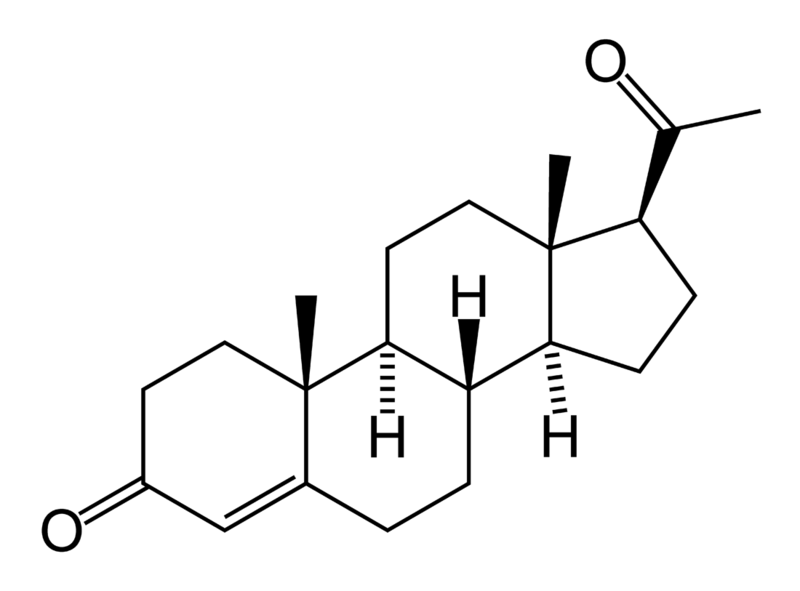-
 Balneotherapy
Balneotherapy
-
 CDA
CDA
-
 Bladder
Bladder
-
 Residual deposit
Residual deposit
-
 Webcast
Webcast
-
 Halogen lamp
Halogen lamp
-
 Lipid
Lipid
-
 Allotropy
Allotropy
-
 Right ascension of a direction
Right ascension of a direction
-
 Alcohol
Alcohol
-
 Unweighted digital code
Unweighted digital code
-
 DART
DART
-
 Biodiversity
Biodiversity
-
 Oligotrophic
Oligotrophic
-
 Spore formation
Spore formation
-
 Second law of thermodynamics
Second law of thermodynamics
-
 Subsidence
Subsidence
-
 Ascites
Ascites
-
 Layout planning
Layout planning
-
 Leptin
Leptin
-
 Vitrification
Vitrification
-
 Keplerian motion
Keplerian motion
-
 Orogeny
Orogeny
-
 Bioavailability
Bioavailability
-
 Weeping willow
Weeping willow
-
 Virtual universe
Virtual universe
-
 ADP
ADP
-
 Magma
Magma
-
 OLEV
OLEV
-
 Micron
Micron
Progesterone
Progesterone is the steroid hormone involved in the preparation of the body for pregnancy.
Biosynthesis of progesterone
Progesterone is a sex hormone similar to estrogen produced by the yellow corpus luteum of the ovaries or from pregnenolone in the placenta in response to the effect of luteinising hormone (LH). Its concentrations change during the menstrual cycle, increasing significantly after ovulation (on the fourteenth day of the cycle) and falling rapidly if fertilisation does not occur.
The suprarenal glands and testes also produce small amounts of progesterone. The compound is also found in some plants, such as Hollatrhena floribunda.
Function of progesterone
It prepares the uterine mucosa for egg nidation in the event of fertilisation and abolishes rhythmic contractions of the uterine muscles. It also inhibits further ovulation during pregnancy.
Progesterone and some of its derivatives are able to block ovulation (but also increase the density of the cervical mucus, a barrier to spermatozoa), which enabled the American Gregory Pincus to develop the contraceptive pill (1953).
Structure of progesterone
The chemical formula of progesterone is C21H30O2. It is a steroid hormone derived from pregnenolone, which itself is derived from cholesterol.
 Progesterone is a steriod hormone. © Wikimedia, public domaine
Progesterone is a steriod hormone. © Wikimedia, public domaine
Latest
Fill out my online form.



